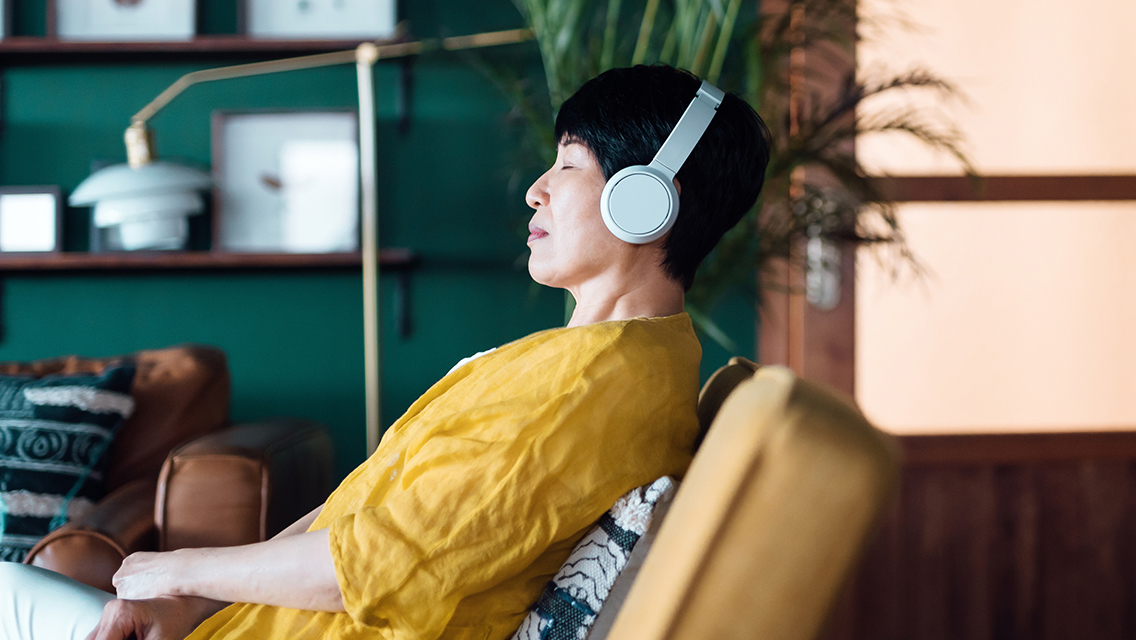One of the notable features of guided imagery is its accessibility. You can listen to scripts with an audio app and a pair of headphones. The popular apps Insight Timer and Headspace both feature large catalogs of guided-imagery audio recordings focusing on a range of outcomes, from general relaxation to supporting health during cancer treatment. The organization Health Journeys, affiliated with psychotherapist Belleruth Naparstek, ACSW, BCD, also provides extensive resources.
Several therapeutic modalities, such as EMDR (eye movement desensitization and reprocessing), routinely make use of guided imagery, so you may also choose to do scripts with a mental-health practitioner. The Academy for Guided Imagery offers a directory of certified practitioners on its website.
When you’re practicing on your own, be sure to give yourself adequate time and space. Carve out quiet, uninterrupted time — almost every recording’s description will include its length, so you can plan accordingly. Find a place that’s as comfortable as possible both physically and emotionally, where you feel safe closing your eyes and relaxing. You might take a few deep breaths and focus on trying to release muscle tension for a minute or so before you begin.
Take a moment beforehand to set an intention. You can silently say to yourself something as simple as I am going to open myself to healing as much as I can in this moment. Then go ahead and relax. There’s no need to judge what you’re experiencing or place expectations on yourself.
Guided imagery is speaking to your unconscious mind as much as to your conscious awareness. That means, in theory, you may not even be paying attention but your awareness beneath the surface is absorbing the message.
Your only task is to release your habitual worries and let yourself imagine what you would like to see and how you would like to feel. Your body will do the rest.
How to Find the Right Guided Imagery for You
Before you select a recording, ask yourself what you want from this experience. Are you preparing for a medical procedure? Recovering from a breakup? Seeking more general relaxation and ease?
You’ll find there are scripts designed for a huge range of experiences, so keep looking until you hit on one that feels right to you. That said, guided-imagery exercises all share the same technique: speaking to your unconscious mind to help improve your conscious life. They’re not a substitute for medical treatment or therapeutic intervention, but they can be a good complement to them.
On that note, steer clear of any guided-imagery experiences that promise miracle cures or encourage you to take any view of yourself or other people that feels discordant or hostile. The goal is to align your unconscious beliefs with your conscious desires for well-being, nothing more or less.
This was excerpted from “How Guided Imagery Can Boost Your Health — and Performance” which was published in the January/February 2023 issue of Experience Life.






This Post Has 0 Comments